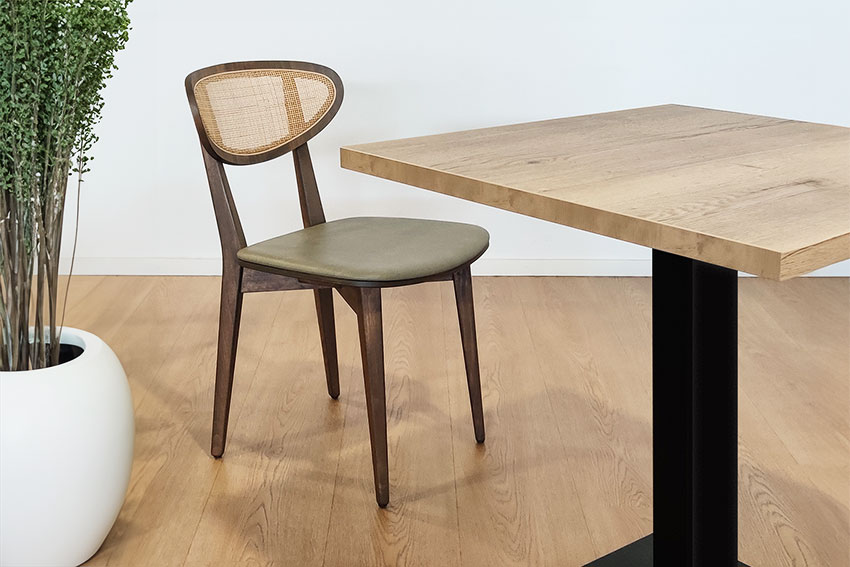In the world of interior design, tables often take center stage. Whether it's a stylish coffee table in a chic lounge, a robust dining table in a busy restaurant, or an elegant conference table in a corporate setting, tables are indispensable elements of functionality and aesthetics. However, one crucial aspect to consider when designing or choosing a table is the balance between the table base and the table top. In this blog post, we will discuss how to identify the maximum table top size for a given table base.
1. Understand the Basics
Before getting into specifics, it's important to understand why the balance between a table base and a table top is essential. In essence, the stability, functionality, and appearance of a table depend largely on this balance. A base that's too small may not support a large top, causing the table to be unstable or easily tipped. On the other hand, a base that's too large may look awkward and disproportionate and may limit legroom and movement around the table.
2. Base Shape and Stability
The shape of the table base has a significant impact on the stability of the table. If you have a round base, stability is equal in all directions, making it suitable for round or square tops. However, a base with three feet may be less stable if pressure is applied between the feet. This means the weight distribution on the table top should be carefully considered. Regardless of the base shape, ensure that it provides enough support for the table top while also accounting for any potential uneven weight distribution.
3. Determining Maximum Table Top Size
As a rule of thumb, the size of the base should be roughly one-half to two-thirds the size of the table top. However, this rule may vary depending on several factors:
Material of the Top and Base: The materials of both the table top and the base can influence the maximum size of the table top. Heavier table tops, like those made of solid wood or marble, will require sturdier and wider bases. Conversely, lighter table tops, like those made from glass or thin wood, can be supported by narrower bases.
Shape of the Top: Round table tops generally require a central base, while square or rectangular tops might require one central base or a base at each end. For round table tops, the diameter of the base should be at least half the diameter of the top. For square or rectangular tops, the length of the base(s) should be approximately two-thirds the length of the top.
Height of the Table: The height of the table can also affect the base-to-top ratio. Taller tables, like bar tables, generally require bases with a wider footprint for stability.
4. The Importance of Balance
Aside from the technicalities of stability and safety, achieving a harmonious balance between the table top and the base is crucial for aesthetic reasons. An appropriate base-to-top ratio ensures that your table looks proportionate and pleasing to the eye, enhancing the overall appeal of your space.
5. Getting Professional Advice
While these guidelines provide a good starting point, many factors can influence the ideal base-to-top ratio for a table, including the specific design of the base, the intended use of the table, and the surrounding furniture and decor. Therefore, it can be helpful to seek professional advice when selecting a table base for a specific top size. At CMcadeiras, our team of experts can help you navigate these considerations and select or design a table that is both functional and visually stunning.
Choosing the right table involves more than just picking a design you love; it's also about understanding the balance and proportion between the base and the top. Remember, a well-proportioned and stable table not only serves its purpose effectively but also contributes significantly to the aesthetics of your space. So, next time you're selecting a table, consider the base-to-top ratio and make your choice wisely.
